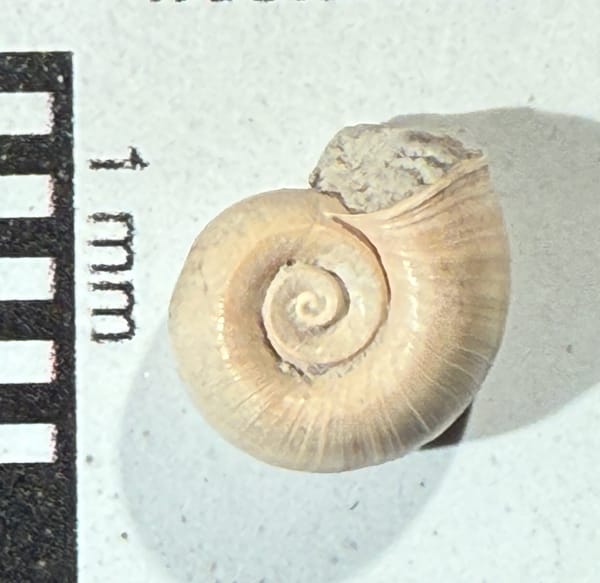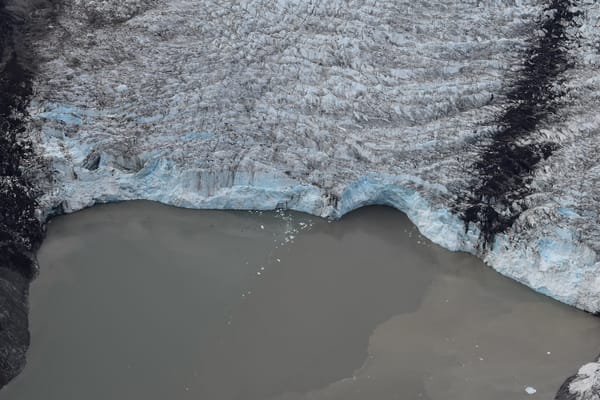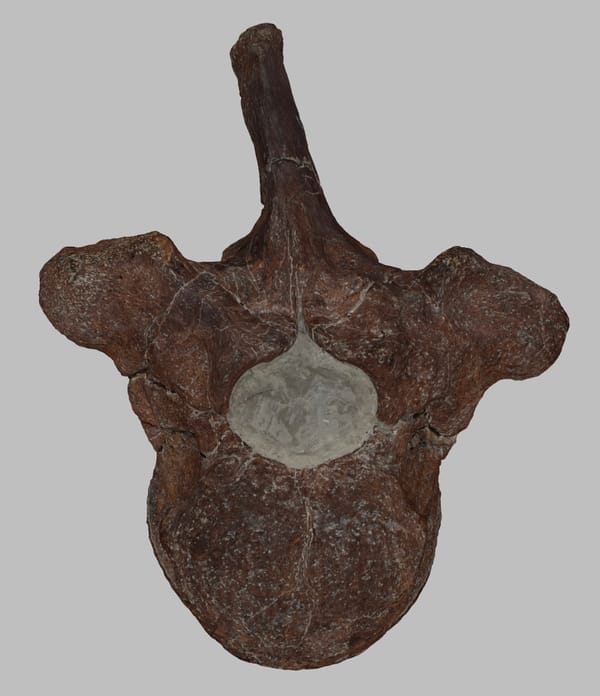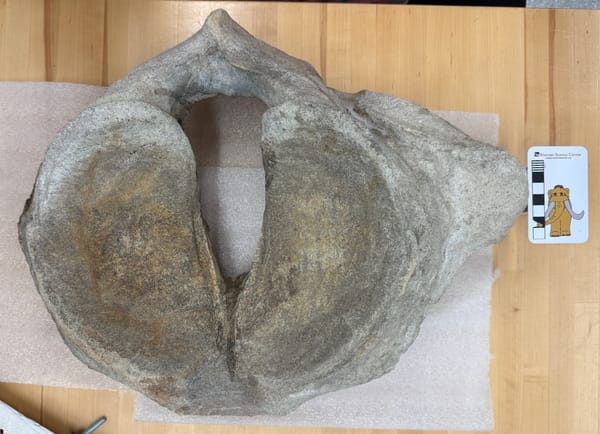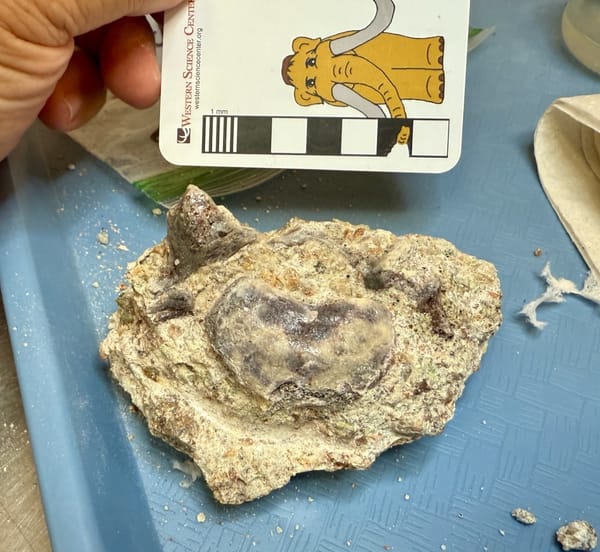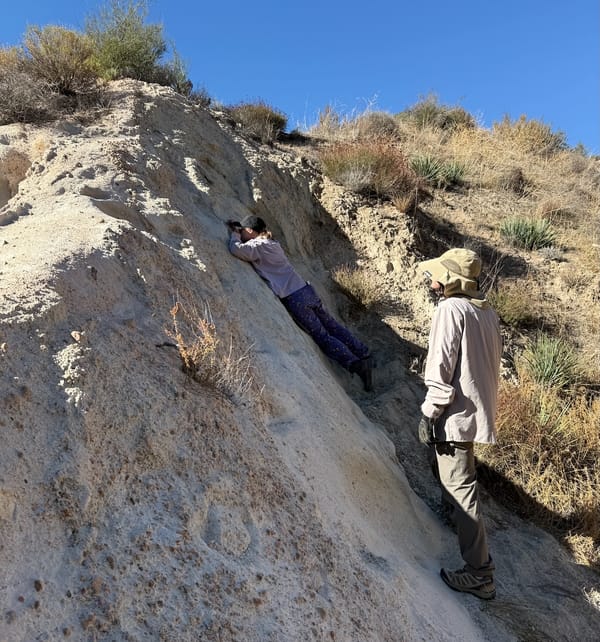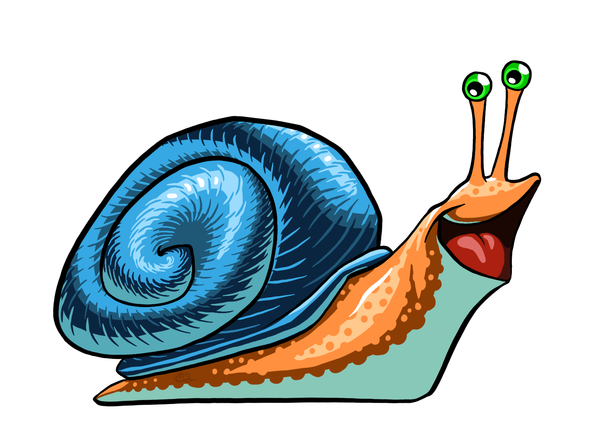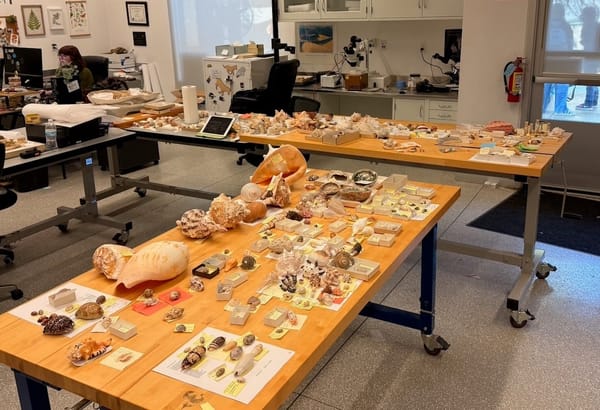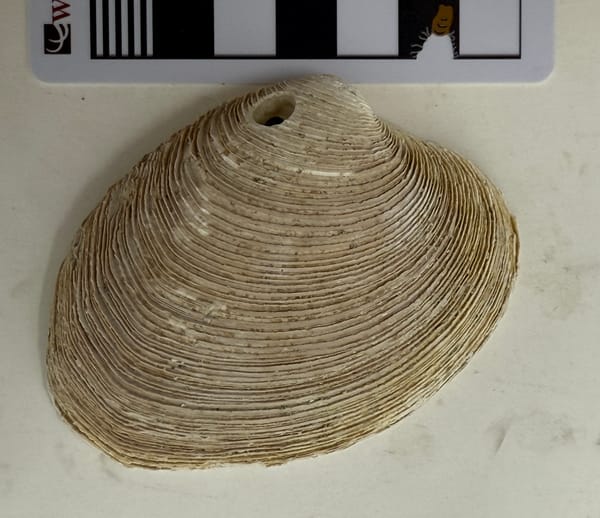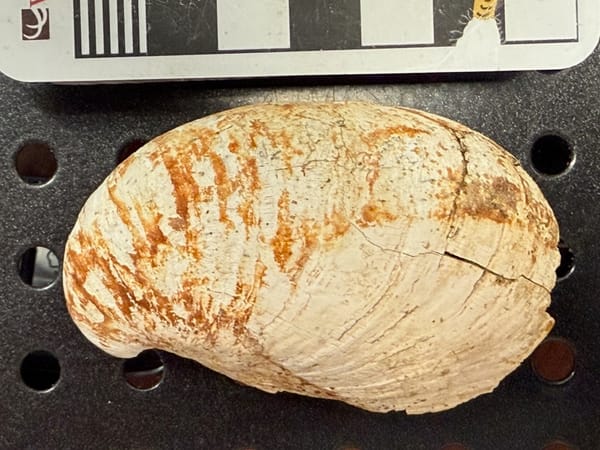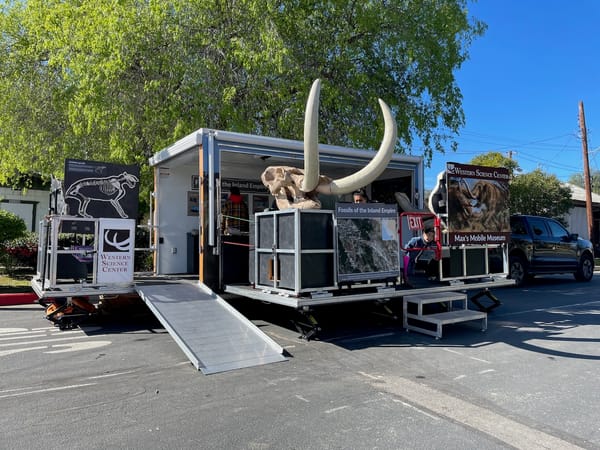
Geology
The Nine Sisters
Each December, Brett and I try to spend a few vacation days in the small California coastal town of Morro Bay. Morro Bay (the town) is named for Morro Bay (the bay), an estuary than runs parallel to the coast for about 6 km. Morro Bay is the only protected
